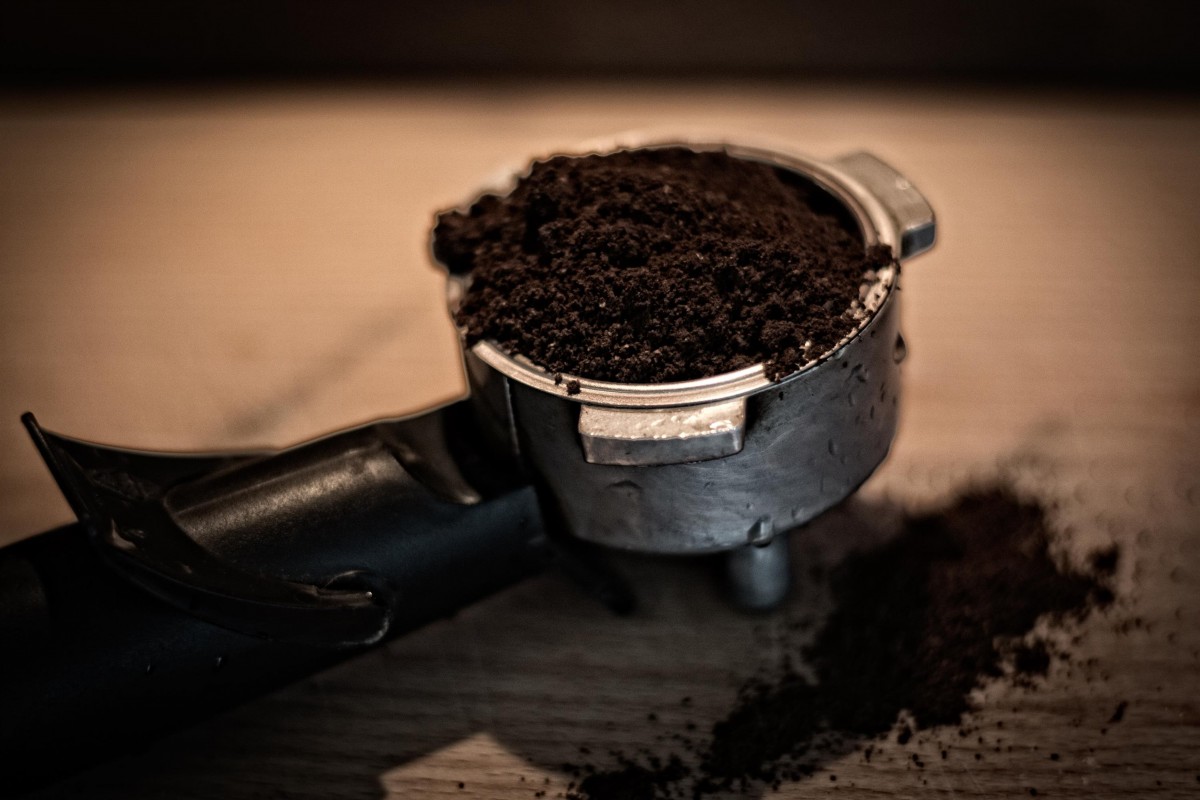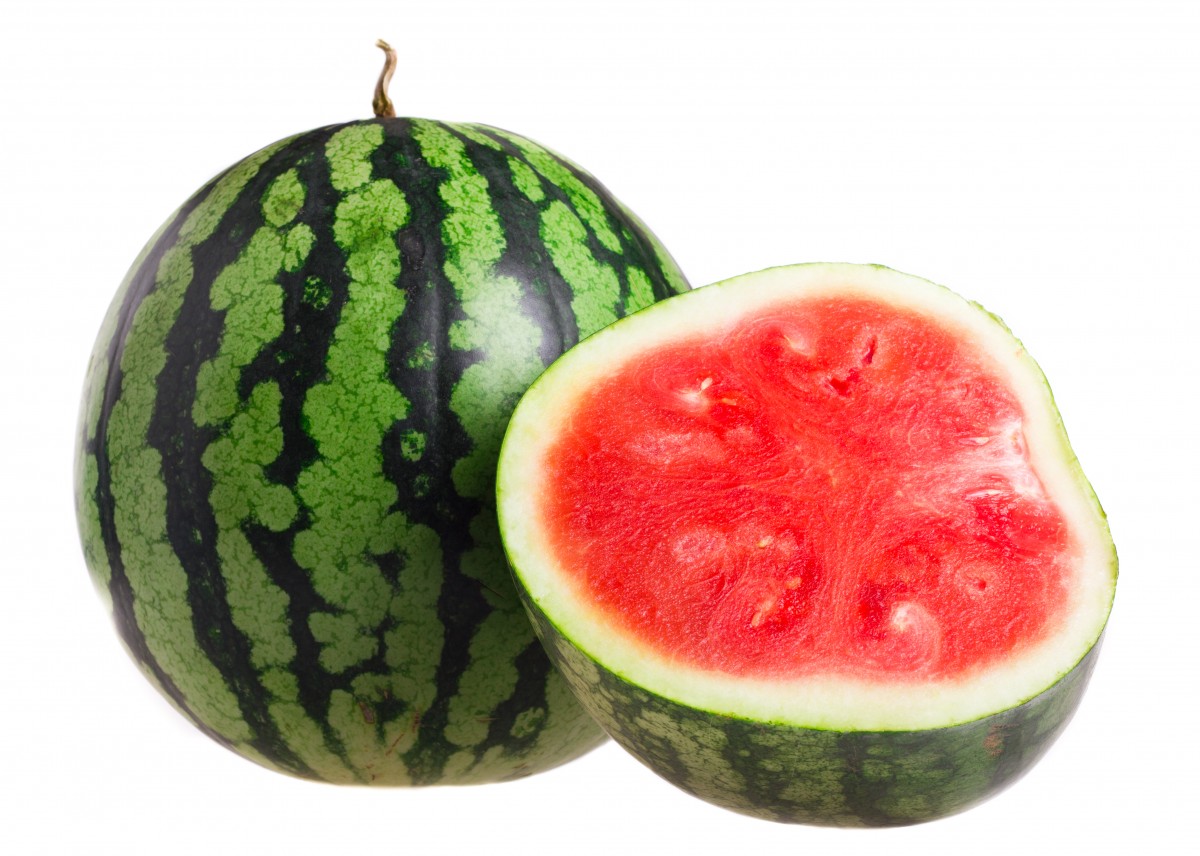
I like a good steaming cup of my caffeine delivery of choice in the morning—specifically, that magical elixir coffee! And I’m not alone: After water (naturally) and tea, coffee is one of the world’s most popular drinks, and humanity is estimated to produce 54 million tonnes of spent coffee grounds annually. And though they do have secondary household uses, like tossing them into potted plants as a fertilizer, most used grounds end up in the green bin.
But researchers from RMIT University in Australia have noted this wasted opportunity, and have jumped on a novel way to reuse coffee grounds—in concrete. It turns out when used coffee grounds are processed into a substance called biochar and mixed into the concrete matrix, it results in a product that is 30% stronger than standard concrete. If this can be scaled up, it will lessen the environmental pressures of landfill-bound coffee grounds, and find the natural sand that the biochar partially replaces.
“Creating biochar involves roasting used coffee grounds in the same way unused beans are roasted to enhance their taste, said study co-lead Dr Rajeev Roychand of RMIT.
‘We do the same thing, but in the absence of oxygen [to prevent carbon dioxide from being produced],’ Roychand said. ‘We don’t want carbon to get into the atmosphere and add to greenhouse gas emissions.’
The process, called pyrolysis, involves heating the coffee waste to about 350C. The team says their technique is more energy efficient because it requires lower than usual temperatures.”
I love this personal detail: The researchers were inspired to try this out when they observed themselves throwing away piles of coffee grounds in their own java-fuelled offices. They’re now contacting local city governments to get real-world trials of the new concrete started, to test the long-term durability. I wonder how this coffee cement will perform stacked up against the shrimp shell cement we looked at in this newsletter exactly a year ago. And I also wonder what food waste product will disrupt the construction materials industry next!

By this point in the summer, I’d wager I’m about 40% watermelon by volume. Since it’s one of the season’s most perfect (and versatile fruits, I generally spend more time eating watermelon than thinking about it! Thankfully, researchers at the Boyce Thompson Institute were more than happy to do the latter. They’ve just published news that they’ve sequenced watermelon’s “super pan-genome;” that is, a thorough map of its genes and those of its nearest relatives. In doing so, they’ve uncovered some genetic variations that support disease resistance, that were lost long ago during the domestication process. 
“‘We aimed to delve deeper into the genetic variations that make watermelons so diverse and unique,” stated Professor Zhangjun Fei, the study’s lead author. “Our findings not only provide insights into the evolutionary journey of watermelons but also present significant implications for breeding and disease resistance.’
The watermelon super-pangenome was built using reference genome sequences and genome resequencing data from 547 watermelon accessions spanning four species—cultivated watermelon (Citrullus lanatus) and its wild relatives C. mucosospermus, C. amarus, and C. colocynthis.”
Now that science knows more about the genetic history of watermelons, we can re-incorporate bits of code through breeding, that would more robust and disease-resistant fruit. As other crops have shown us, backing away from monoculture is a good thing! I hope this news means we’ll have watermelons aplenty in the summers to come.
The researchers are keen to apply their findings to vegetarian and vegan frozen items, to increase their shelf-life—and their long-term flavour. I’m a huge fan of both! It may be too late for that bag of peas I’ve had rattling around in the back of my freezer for a couple of seasons… But, once I enjoy this growing season to the last drop, I look forward to replacing it with an ice-proof version, and tasting the difference!
We’re so deep into the growing season here, it’s almost hard to believe that the local berries, corn, peppers, broccoli (and on and on!) will ever end. But when winter comes, as it always does, we’ll return to using frozen fruits and vegetables from our trusty bulk bags buried deep in the freezer. (Which are just as healthy as fresh, science has confirmed!) The only downside to dipping into this hoard is dealing with freezer burn, that state of cold dehydration that leaves too-long-frozen food mushy, shriveled, and gross-tasting.
But science has now found a solution, based on a natural process, in which animals in extremely cold environments make a type of internal antifreeze out of proteins to prevent themselves from freezing entirely solid. (Similarly to these carp we profiled a few years ago.) A team from the University of Tennessee has recently refined the method of using peptides—broken up bits of proteins—to slow ice crystal growth in frozen foods, thus reducing freezer burn As the previous version used peptides derived from animal sources, this variation is key for vegetarian and vegan consumers.
“The team generated peptides from a commercially available soy protein isolate powder by exposing it to three different hydrolyzing enzymes: alcalase, pancreatin and trypsin. Each resulting mixture of peptides was also separated by size into multiple fractions.
All of the mixtures slowed ice growth in tests, but the ones produced from alcalase and trypsin were better inhibitors than those from pancreatin. For all three enzymes, most of the activity came from the fraction with the largest peptides. The large-size fractions also ended up including some smaller peptides, which on their own didn’t keep ice crystals from growing; however, the team showed that these small compounds boosted the activity.”
The researchers are keen to apply their findings to vegetarian and vegan frozen items, to increase their shelf-life—and their long term flavour. I’m a huge fan of both! It may be too late for that bag of peas I’ve had rattling around in the back of my freezer for a couple seasons… But, once I enjoy this growing season to the last drop, I look forward to replacing it with an ice-proof version, and tasting the difference!